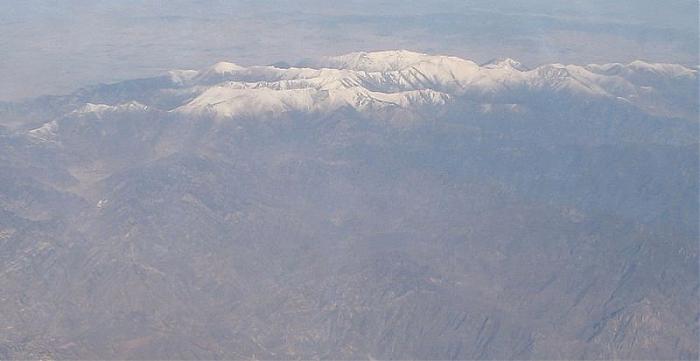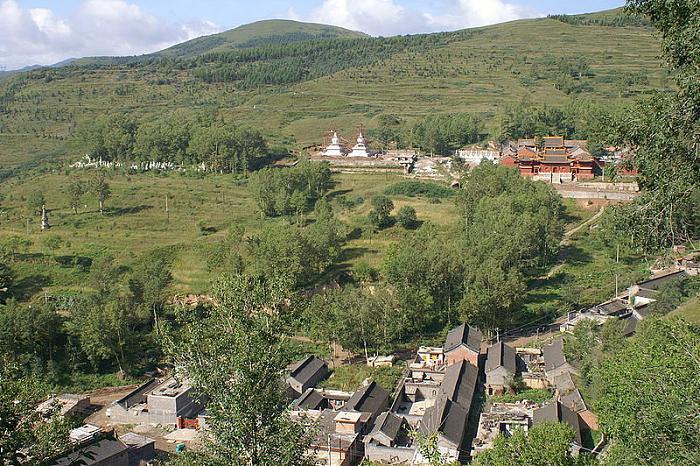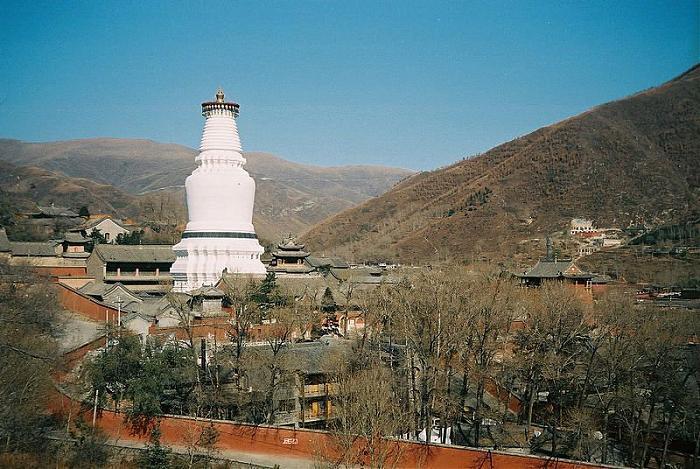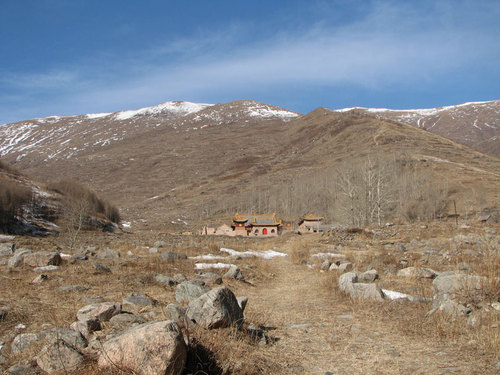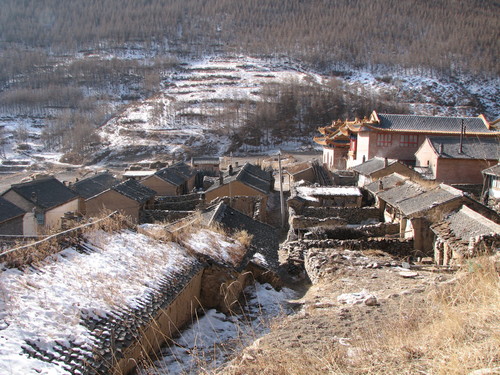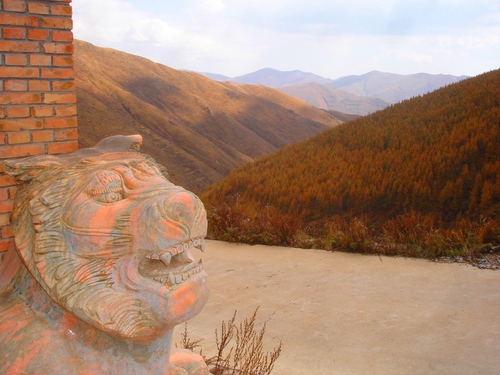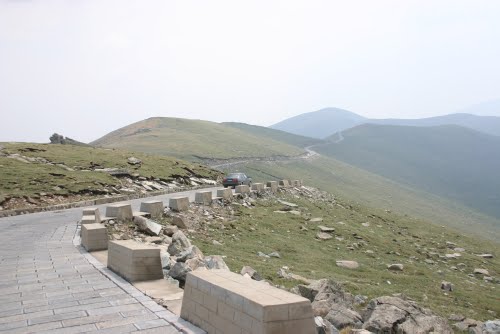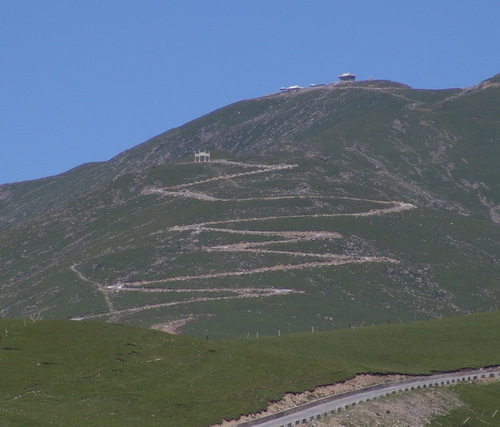Mount Wutai, also known as Wutai Mountain or Qingliang Shan, is a Buddhist sacred site located at the headwaters of river Qingshui, in the Chinese northeastern province of Shanxi, surrounded by a cluster of flat-topped peaks (North, South, East, West, and Central). The North peak, called Beitai Ding or Yedou Feng, is the highest (3,061 m) of these, and is also the highest point in northern China.
As host to over 53 sacred monasteries, Mount Wutai is home to many of China's most important monasteries and temples. It was inscribed as a UNESCO World Heritage Site in 2009.
Introduction
Mount Wutai is one of the Four Sacred Mountains in Chinese Buddhism. Each of the four mountains are viewed as the bodhimaṇḍa of one of the four great bodhisattvas. Wutai is the home of the Bodhisattva of wisdom, Manjusrī or Wenshu in Chinese.
Wutai was the first of the four mountains to be identified and is often referred to as "first among the four great mountains". It was identified on the basis of a passage in the Avataṃsaka Sutra, which describes the abodes of many bodhisattvas. In this chapter, Manjusrī is said to reside on a "clear cold mountain" in the northeast. This served as charter for the mountain's identity and its alternate name "Clear Cool Mountain".
The bodhisattva is believed to frequently appear on the mountain, taking the form of ordinary pilgrims, monks, or most often unusual five-colored clouds. Mount Wutai also has an enduring relationship with Tibetan Buddhism.
Mount Wutai is home to some of the oldest existent wooden buildings in China that have survived since the era of the Tang Dynasty (618–907). This includes the main hall of Nanchan Temple and the East Hall of Foguang Temple, built in 782 and 857, respectively. They were discovered in 1937 and 1938 by a team of architectural historians including the prominent early 20th century historian Liang Sicheng. The architectural designs of these buildings have since been studied by leading sinologists and experts in traditional Chinese architecture, such as Nancy Steinhardt. Steinhardt classified these buildings according to the hall types featured in the Yingzao Fashi Chinese building manual written in the 12th century.
In 2008, there were complaints from local residents that in preparation for Mount Wutai's bid to become a UNESCO World Heritage Site, they were forced from their homes and relocated away from their livelihoods.

